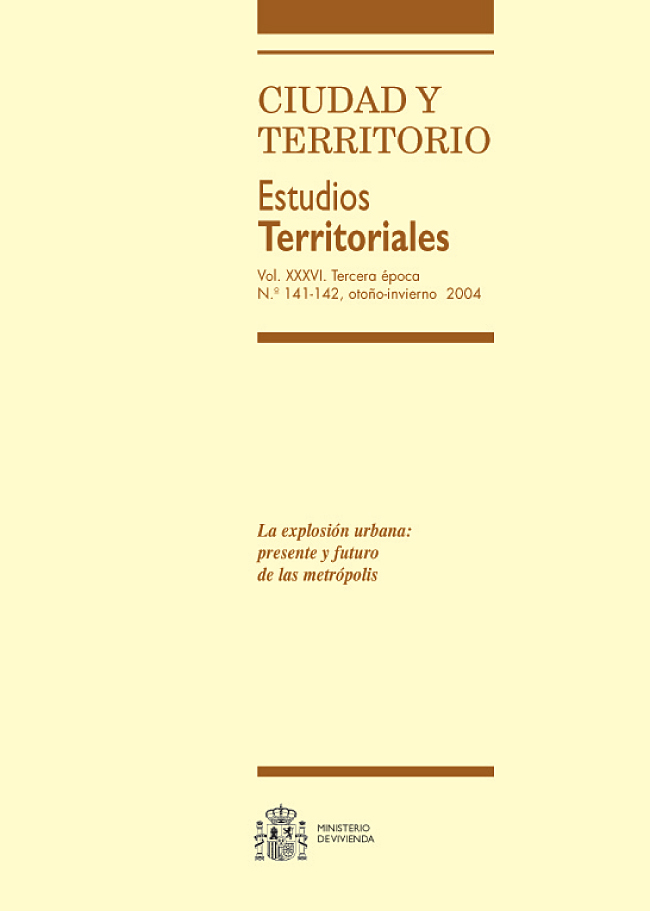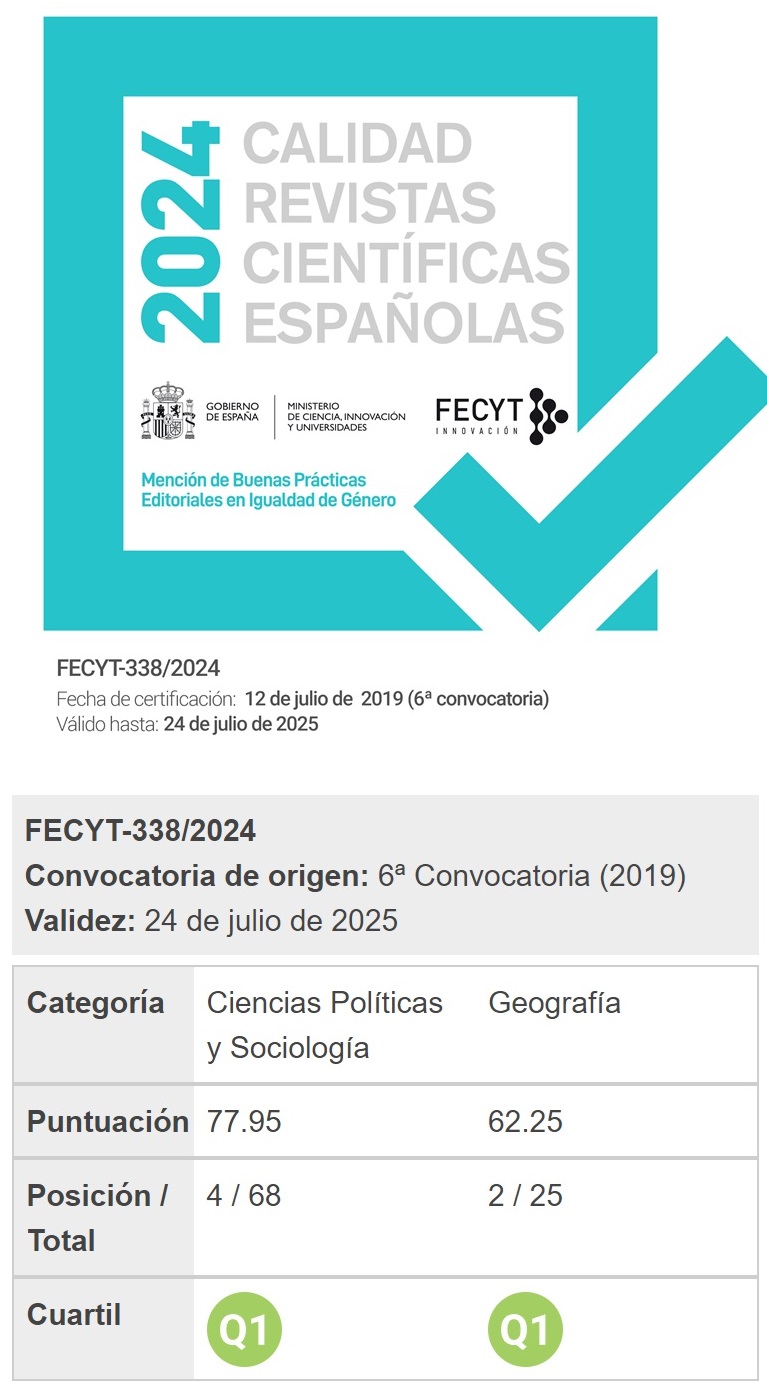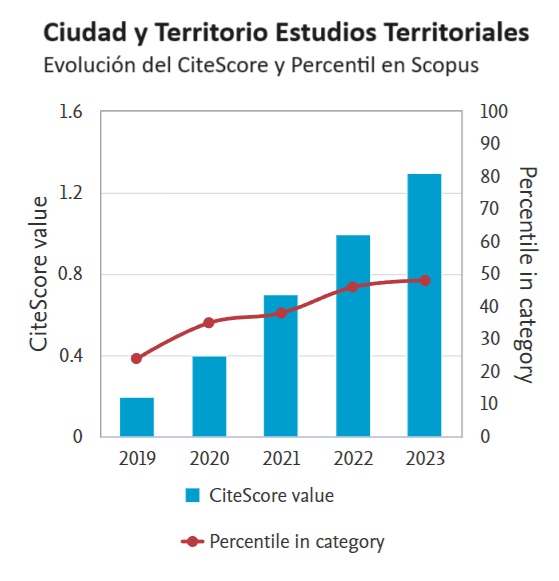Un nuevo planeamiento para una nueva territorialidad
Palabras clave:
Planeamiento urbanístico, morfología urbanaResumen
Tratando de explicar la distancia creciente entre la situación de hecho del territorio urbano europeo
y el planeamiento urbanístico vigente, no parecen suficientes las explicaciones de la dudosa calidad de
algunos planes o de la existencia de casos de indisciplina urbanística. Nuestra hipótesis interpretativa es la
de la creciente inadecuación del tradicional modelo racionalista del planeamiento a los cambios que están ocurriendo,
tanto en el orden territorial como en el del gobierno y administración urbanísticas, reflejos de las profundas
transformaciones que se están produciendo en la estructura económica y social de nuestras sociedades.
Estamos asistiendo al tránsito entre el modelo de ciudad industrial o «fordista» al de la ciudad
servoindustrial o «postfordista», que ha supuesto el relevo en los motores del crecimiento y el paso de una morfología
urbana compacta de nuestras ciudades a una estructura espacial discontinua en nuestros territorios.
Descargas
Descargas
Publicado
Cómo citar
Número
Sección
Licencia
Derechos de autor 2004 Antonio Font Arellano

Esta obra está bajo una licencia internacional Creative Commons Atribución-NoComercial-SinDerivadas 4.0.
Sin perjuicio de lo dispuesto en la legislación vigente sobre Propiedad Intelectual, y conforme a la misma, el/la los/las autor/a/es/as que publiquen en CyTET cede/n a título gratuito, de modo no exclusivo y sin límite temporal al Ministerio de Transportes, Movilidad y Agenda Urbana los derechos para difundir, reproducir, comunicar y distribuir en cualquier formato actual o futuro, en papel o electrónico, la versión original o derivada de su obra bajo licencia de Creative Commons Reconocimiento-NoComercial-SinObraDerivada 4.0 Internacional (CC BY-NC-ND 4.0), así como para incluir o ceder a terceros la inclusión de su contenido en índices, repositorios y bases de datos nacionales e internacionales, con referencia y reconocimiento en todo caso de la autoría del mismo.
Además, al realizar el envío, el/la los/las autor/a/es/as declara/n que se trata de un trabajo original en el que se reconocen las fuentes que han sido utilizadas en su estudio, comprometiéndose a respetar la evidencia científica y a no modificar los datos originales para verificar o refutar una hipótesis de partida; que el contenido esencial del mismo no ha sido publicado previamente ni se publicará en ninguna otra obra o revista mientras esté en proceso de evaluación en la revista CyTET; y que no se ha remitido simultáneamente a otra publicación.
Los autores deben firmar un Formulario de Cesión de Derechos, que les será enviado desde la Secretaría de CyTET una vez se acepte su artículo para ser publicado.
Con el objetivo de favorecer la difusión del conocimiento, CyTET se adhiere al movimiento de revistas de Open Access (OA) y entrega la totalidad de sus contenidos a diversos índices, repositorios y bases de datos nacionales e internacionales bajo este protocolo; por tanto, la remisión de un trabajo para ser publicado en la revista presupone la aceptación explícita por parte del autor/a de este método de distribución.
Se anima a las/os autoras/es a reproducir y alojar sus trabajos publicados en CyTET en repositorios institucionales, páginas web, etc. con la intención de contribuir a la mejora de la transferencia del conocimiento y de la citación de dichos trabajos.








 Enlace a CyTET en Linkedin
Enlace a CyTET en Linkedin